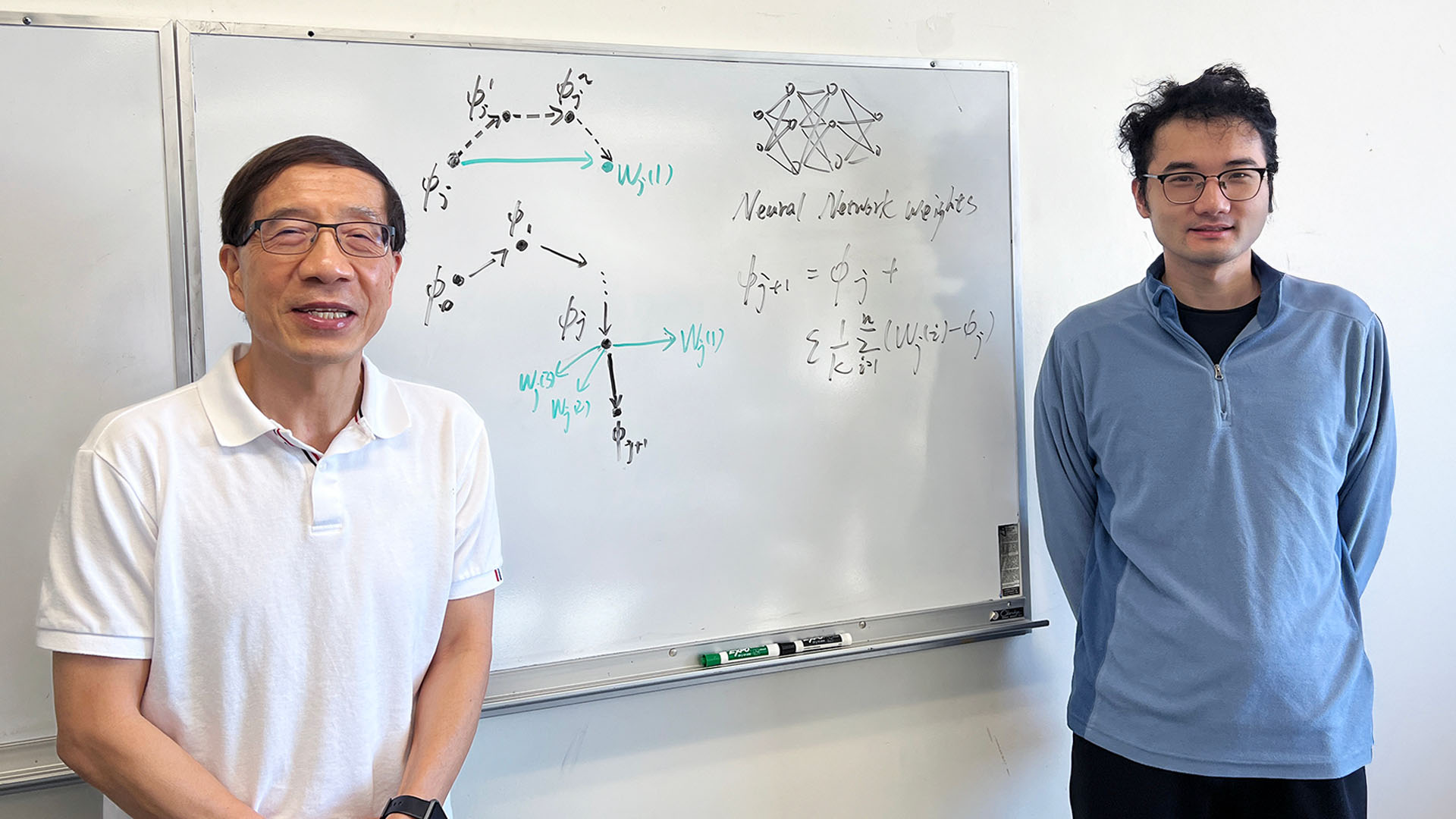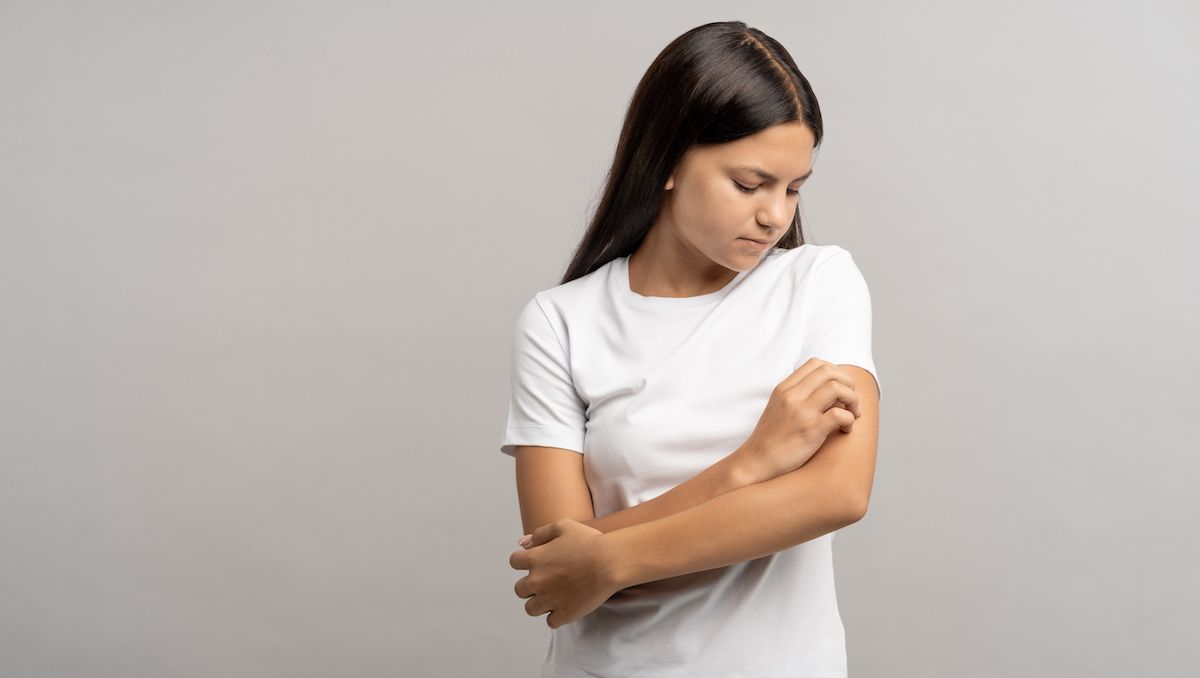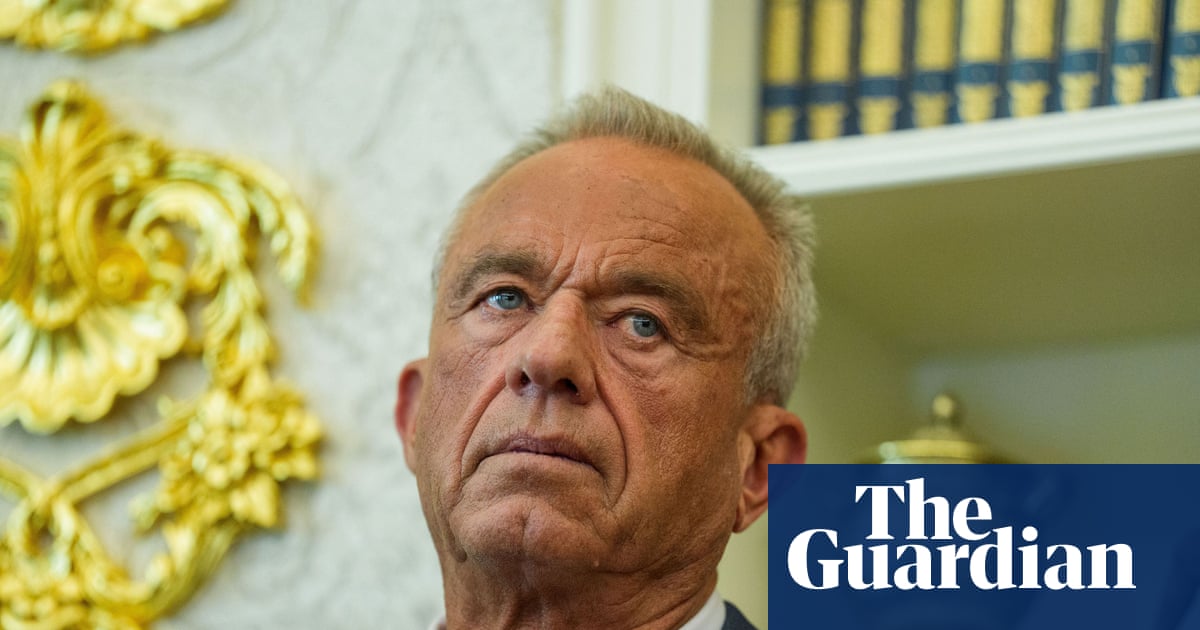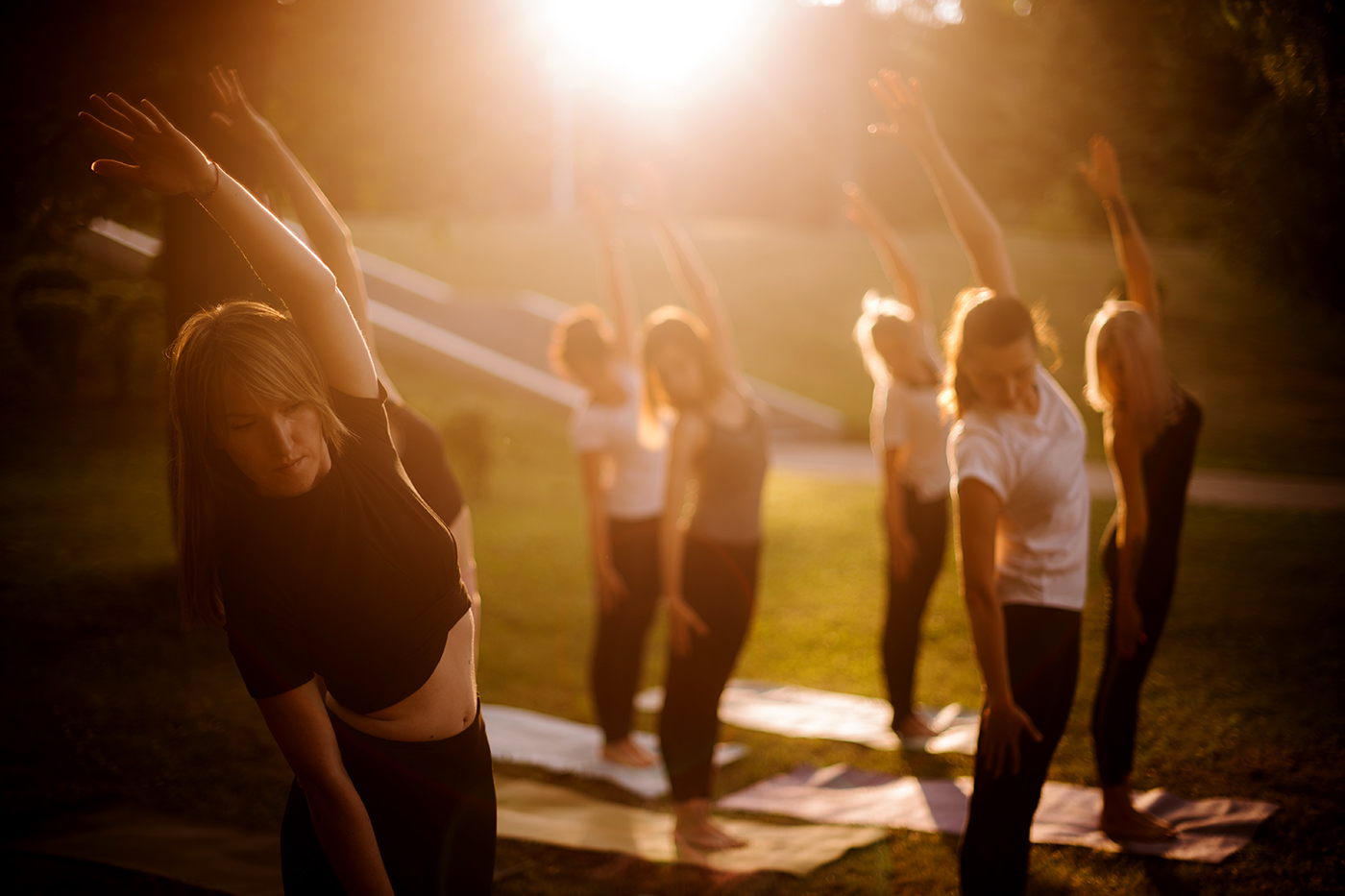As the natural world rapidly changes, humanity relies on having reliable, accurate predictions of its behavior to minimize harmful impacts on society and the ecosystems that sustain it.
Ecosystems of all scales are becoming more and…

As the natural world rapidly changes, humanity relies on having reliable, accurate predictions of its behavior to minimize harmful impacts on society and the ecosystems that sustain it.
Ecosystems of all scales are becoming more and…

Adolescent boys with chronic hives appear to handle stress better than their female counterparts, according to new research. The study, published in

Hookworm is one of the most important neglected tropical diseases in terms of its major impact on child and maternal health. Hookworm infections can lead to increased infant mortality, as well as longer-term health consequences such as impaired…

The non-profit group that Robert F Kennedy Jr built into a giant of the anti-vaccine movement is defending its old boss even as the US health secretary presides over the worst year for measles in more than 30 years.
Three people have died and…

Charles Hillman has known for a long time that exercise has a positive impact on the brain. This effect has been demonstrated by the Northeastern University psychology professor and others in varied and robust experimental contexts.
A…

Sudden fever, a severe cough and acute respiratory distress are the familiar onset symptoms of seasonal flu,…

Müllerian duct anomalies (MDAs) are the most prevalent congenital abnormalities of the female reproductive tract. These anomalies result from abnormal formation, incomplete fusion, or failure of resorption of the Müllerian ducts…

von Braun, J., Afsana, K., Fresco, L. O. & Ali Hasan, M. H. (eds) Science and Innovations for Food Systems Transformation (Springer International Publishing, 2023); https://doi.org/10.1007/978-3-031-15703-5
Bodirsky, B. L. et al. The ongoing…

The dome shaped colonies representing diapause-like mouse embryonic stem cells. (Credit: Tarakhovsky lab)
Seals give birth only when conditions are right. After mating, a female seal can delay implantation of the embryo in the uterine…